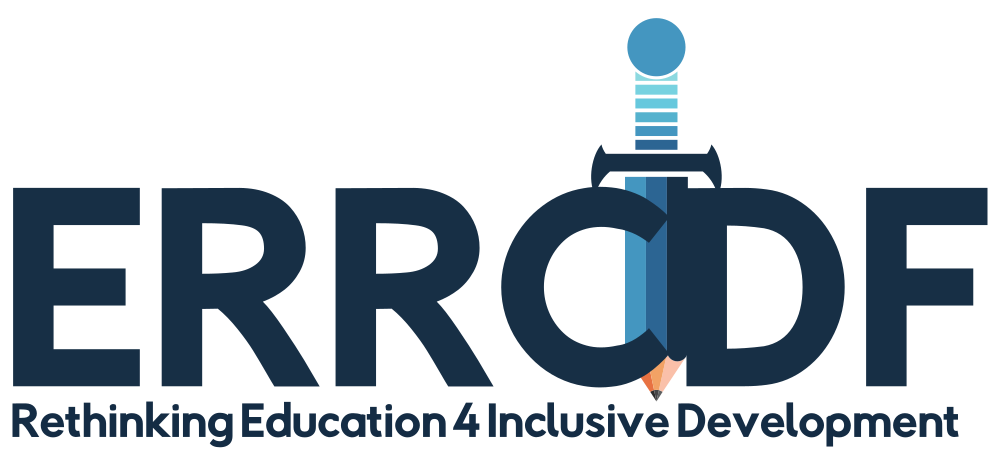Chapter 4: Inquiry-based Instruction (IBI) as a teaching strategy.
DOI:
https://doi.org/10.38140/obp1-2024-04Keywords:
Inquiry-based instruction, teaching strategy, merits, demeritsAbstract
Chapter 4, titled “Inquiry-Based Instruction (IBI) as a Teaching Strategy,” describes a type of instruction in which knowledge is generated to solve specific problems through consecutive steps to obtain results. In this method, the teacher does not deliver the subject matter in a traditional whole-class presentation but instead facilitates knowledge creation through problem-solving and a system of questions. Inquiry-based instruction is anchored in the constructivist theory of learning and is based on the foundations of the 5E inquiry-based instructional method. The five steps are Engage, Explore, Explain, Elaborate, and Evaluate. The scope of this chapter includes benefits such as effective written communication, accessing and analysing information, and preparing students for learning. However, the chapter also identifies some challenges: many timid and reserved students may experience issues due to a lack of confidence, and confusion may occasionally arise among students. Additionally, this chapter provides guidance on preparing an inquiry-based classroom, techniques for effective implementation, and its dos and don’ts. It incorporates a case study in which students are presented with a dilemma to solve in an actual setting.
Keywords: Inquiry-based instruction, teaching strategy, merits, demerits.
References
Alfieri, L., Brooks, P. J., Aldrich, N. J. & Tenenbaum, H. R. (2011). Does discovery-based instruction enhance learning? Journal of Educational Psychology, 103(1), 1-18.
Avsec, S., Rihtarsic, D., & Kocijancic, S. (2014). A predictive study of learner attitudes toward open learning in a robotics class. Journal of Science Education and Technology, 23(5), 692-704.
Avsec, S. & Kocijancic, S. (2016). A path model of effective technology-intensive inquiry-based learning. Journal of Educational Technology & Society, 19(1), 308.
Beyer, B. K. (1971). Inquiry in the social studies classroom: A Strategy for Teaching. Charles E. Mevrell Publishing Co.
Biological Sciences Curriculum Study. (2019). BSCS 5E Instructional Model. https://bscs.org/bscs-5e-instructional-model/
Bybee, R. W. (2009). The BSCS 5E instructional model and 12th-century skills. Colorado Springs, Co: BSCS.
Bybee, R. W. (1990). Science for life & living: An elementary school science program from biological sciences curriculum study. The American Biology Teacher, 52(2), 92-98.Bybee, R. W., Taylor, J. A., Gardner, A., Van Scotter, P., Powell, J. C., Westbrook, A. & Landes, N. (2006). The BSCS 5E instructional model: Origins and effectiveness. Colorado Springs: BSCS.
Crockett, L. (2021). 8 disadvantages of IBL with solutions. Future-focused learning. https://futurefocusedlearning.net/blog/learner-agency/8-disadvantages-of-inquiry-based-learning-with-solutions
Ecolf, G. (2020). Inquiry-based learning: advantages and disadvantages. Harvard University.
Godwin, P. (2022). 20 Dos and don’ts of teaching. Gopius. https://gopius.com/20-dos-and-donts-of-teaching/.
Goldston, M. J., Day, J. B., Sundberg, C., & Dantzler, J. (2010). Psychometric analysis of a 5E learning cycle lesson plan assessment instrument. International Journal of Science and Mathematics Education, 8, 633-648.
Gu, X., Chen, S., Zhu, W., & Lin, L. (2015). An intervention framework designed to develop the collaborative problem-solving skills of primary school students. Educational Technology Research and Development, 63, 143-159.
Guido, M. (2017). Inquiry-based learning definition, benefits & strategies. Prodigy.
Harlen, W. (2013). Inquiry-based learning in science and mathematics. Review of science, mathematics and ICT education, 7(2), 9-33.
Hwang, G. J., & Chang, H. F. (2011). A formative assessment-based mobile learning approach to improving the learning attitudes and achievements of students. Computers & Education, 56(4), 1023-1031.Jonassen, D. H. (2000). Toward a design theory of problem-solving. Education Technology Research and Development, 48(4), 63-85.
Marks, D. B. (2013). I-B-L: What's your question? National Teacher Education Journal, 6(2), 21-25.
Marshall, J. C. (2013). Succeeding with Inquiry in Science and Math Classrooms. ASCD.
Pedaste, M., Maeots, M., Siiman, L. A., De Jong, T., Van Riesen, S. A., Kamp, E. T. & Tsourlidaki, E. (2015). Phases of inquiry-based learning: Definitions and the inquiry cycle. Educational Research Review, 14, 47-61.
Papá?ek, M. (2010). Badatelsky orientované p?írodov?dné vyu?ování cesta pro biologické vzd?lávání generací Y, Z a alfa?. Scientia in educatione, 1(1), 33-49.
Petr, J. (2010). Biologická olympiáda–inspirace pro badatelsky orientované vyu?ování p?írodopisu a jeho didaktiku. Didaktika biologie v ?eské republice, 136-144.
Schwartz, K. (2015, September 21). Ten tips for launching an inquiry-based classroom. KQED. https://www.kqed.org/mindshift/42092/10-tips-for-launching-an-inquiry-based-classroom
Sockalingam, N., Rotgans, J., & Schmidt, H. G. (2011). Student and tutor perceptions on attributes of effective problems in problem-based learning. Higher Education, 62, 1-16.
Wagner, T. (2009). Seven skills students need for their future. Asia Society.
Downloads
Published
Issue
Section
License
Copyright (c) 2024 Cylia Nkechi Iweama

This work is licensed under a Creative Commons Attribution 4.0 International License.









